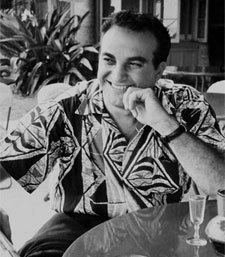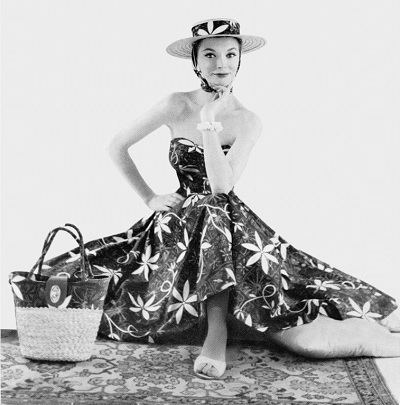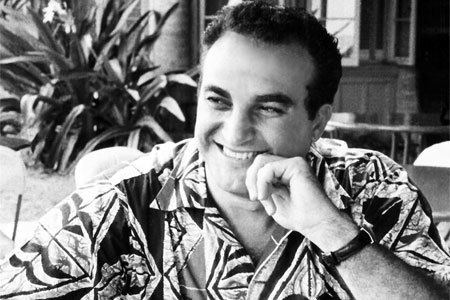Full Name Alfred Shaheen Rank First Lieutenant Occupation Textile Industrialist Name Alfred Shaheen | Service/branch Army Air Corps Years of service 1943–1945 | |
 | ||
Awards Ka'Ahu No'eau Governor's Lifetime Achievement Award, State of Hawaii, 2001Hawaii's 150 Most Important Influences Since 1856, The Honolulu Advertiser, July 2, 2006 Allegiance United States of America Died December 22, 2008, Torrance, California, United States | ||
Alfred Shaheen (January 31, 1922 – December 22, 2008) was a textile industrialist who is credited with popularizing the Hawaiian shirt.
Contents

"He was a true visionary," said Linda Arthur, a professor and curator for the Washington State University Department of Apparel, Merchandising, Design and Textiles. "He started in a place (Hawaii) where there was no industry to speak of and created one from the ground up, creating a truly vertically integrated business."

Elvis Presley wears the Tiare Tapa, an Alfred Shaheen shirt, on the album cover for his album Blue Hawaii.
Early life
Shaheen was born in Cranford, New Jersey on January 31, 1922 to a family of Lebanese immigrants, who were garment industry entrepreneurs. Shaheen's grandfather, Assi Shaheen, came to the U.S. from Lebanon in the late-1800s and established silk factories in New York and New Jersey. Shaheen's father, George, joined his father, Assi, in the U.S. in the early-1900s. George ultimately started his own business, Geo. Shaheen, with his wife, Mary. In 1938, George moved his family and his business to Hawaii, where George and Mary specialized in custom garments made from silks, brocades, rayon satin, and other formal fabrics. Alfred returned to the mainland to attend Whittier College, where he excelled at math, physics, engineering and football. After graduating with a degree in aeronautical engineering just as the U.S. entered World War II, he enlisted in the Army Air Corps and became a fighter pilot, flying 84 missions over Germany, Italy and France.
Surf 'n Sand Hand Prints
In 1945, when Shaheen returned to Hawaii from the war, he joined his parents in their custom garment business. In 1948, Shaheen founded his own garment company. In the late 1940s, a dock strike and the Korean War severely curtailed importation of goods to Hawaii, so Shaheen made his own equipment from parts he found in Honolulu's junkyards to dye and finish fabrics under the brand name Surf 'n Sand Hand Prints.
Shaheen distributed his clothing all over the world. He believed in celebrating cultural diversity, and his artists adapted designs from authentic sources such as rare books and ancient artifacts. Shaheen and his staff visited Tahiti, Samoa, Hong Kong and Tokyo to study the designs of the Eastern Pacific Rim. Shaheen adapted these designs to textiles and produced the Pua Lani Pareau, Antique Tapa, and Joss Sticks handprints. Shaheen established “East Meets West” boutiques in the mid-1960s in major department stores across the country.
Shaheen's designs were featured in the pages of fashion magazines such as Vogue, Mademoiselle, and Harper's Bazaar. His clothes and fabrics were sold all over the world, including Bergdorf Goodman, Bloomingdale's, Macy's and Bullock's.
In the 1960s, the company diversified, adding footwear, drapery, jewelry, fragrance, and pattern kits complete with fabric and coconut buttons.
Innovations
Labels
Shaheen's fabrics have been used by various labels, including Andrades, McInerny, Liberty House, Waltah Clarke, Speedo, and Stetson. Shaheen's name and label are typically found on the selvedge of these fabrics. Shaheen has also licensed prints for manufacture in European countries.
Retirement and death
Shaheen retired in 1988 and died on December 22, 2008, due to complications from diabetes.
